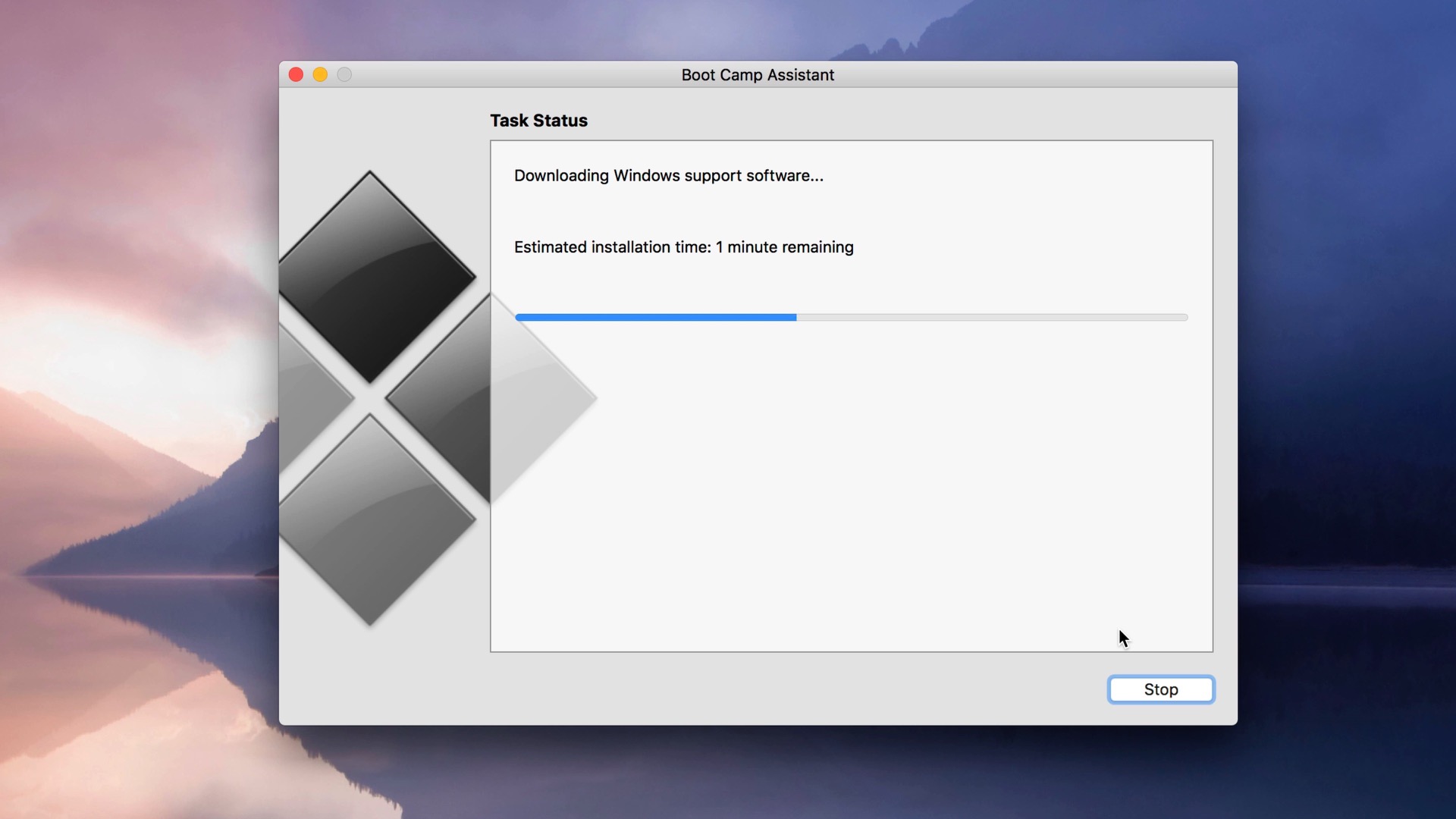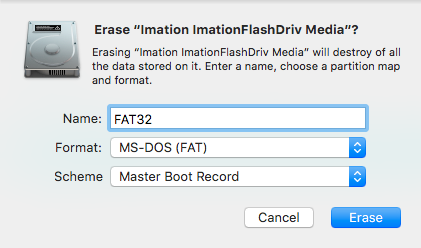Windows Boot Camp Utility For Mac
To troubleshoot an issue with Windows 10 (especially boot-related issues), it can be handy to boot to Windows 10 that is not installed on a Boot Camp partition. It is relatively straightforward to create a bootable USB Flash drive to boot to the Windows 10 installer, and then open up a DOS prompt for troubleshooting.
- Windows Boot Camp Utility For Mac 2017
- Windows Boot Camp Utility For Mac Free
- Windows Boot Camp Utility For Macbook Pro
- Mac Windows Boot Camp Drivers
- Windows Boot Camp Utility For Mac Download
- Boot Camp Utility Download
Mar 16, 2018 Access Mac HFS+ Partitions From Windows. RELATED: How to Install Windows on a Mac With Boot Camp. Apple’s Boot Camp driver package automatically installs an HFS+ driver for Windows, which allows Windows to see your Mac partition. This partition shows up as “Macintosh HD” under Computer on your Windows system.
What is dtv in auto tuning. Be sure you are choosing “Antenna” or some variation of this ( I have seen it listed as DTV). This will start the Auto Scan procedure. If after the scanning process is complete your television auto scan not finding channels persists, it’s time to start troubleshooting.
What is needed

- Apple Footer. This site contains user submitted content, comments and opinions and is for informational purposes only. Apple may provide or recommend responses as a possible solution based on the information provided; every potential issue may involve several factors not detailed in the conversations captured in an electronic forum and Apple can therefore provide no guarantee as to the.
- Boot Camp - Utility support Windows on Mac Boot Camp is an application that allows to install Microsoft Windows on a Mac computer released by Apple. With this latest update you can install the operating system Microsoft's latest Windows 10 computer to your Mac.
- USB Flash drive (8 GB or larger recommended)
- Windows 10 Installer ISO for Windows 10
Preparation
All the preparation is done in macOS on the Mac that is having an issue booting Windows. It is important to use this Mac since it will be used to identify the correct Windows drivers.
USB Flash Drive
The USB Flash drive must be formatted as exFAT.
- Insert an 8GB or larger flash drive into a USB port on the Mac
- In Disk Utility, format the Flash drive as exFAT. Quit Disk Utility after this operation completes.
Boot Camp Driver
Windows Boot Camp Utility For Mac 2017
Open Boot Camp Assistant in the Utilities folder, and download the current Windows Support Software from the Action menu. Save the Windows Support Software to your desktop or other location, but do not save directly to the USB Flash Drive.
Windows Install Media
Download the current install media from the Microsoft website. Windows is not going to be installed, but the install media will give access to the command line tools in Windows. Select the version of Windows that is closes to the version of Windows installed on the Mac (Windows 8, Windows 10). It does not matter what edition of Windows is used since Windows is not going to be installed.
Create Recovery USB Flash Drive
To create the USB Flash drive, follow these steps:

- Mount the Windows ISO that was downloaded from Microsoft. To mount the ISO, double click on the ISO in the Finder.
- Drag all the files and folders from the mounted ISO to the USB Flash Drive.
- Drag the contents of the Windows Support Software to the USB Flash Drive.
- If there is not an AutoUnattend.xml at the top level of the drive (as shown below), download AutoUnattend.xml, unzip it, and add it to the drive. AutoUnattend.xml provides the location of the $WinPEDriver$ folder to load the drivers during boot.
- The 2018 MacBook Air (and potentially Macs after that) have cannot load the IntelMEI driver and give a “Windows Setup could not install one or more boot-critical drivers. To install Windows, make sure that the drivers are valid, and restart the installation”. On the USB Flash drive, open the $WinPEDriver$ and remove the IntelMEI folder.
Once the Flash drive has been created, it should look like this:
The $WinPEDriver$ folder is important because the $WinPEDriver$ folder contains the drivers for Windows to boot successfully from the USB Flash drive and the hardware on that Mac.
Boot from the USB Flash drive
To inject the drivers, the Mac must be booted from the USB Flash drive.
- Insert the USB Flash drive into an available USB port on the Mac
- Reboot while holding the option key.
- Select EFI volume in the startup selector.
If Windows does not boot from the USB Flash drive after showing the Windows logo, you may have to run the following command to tell the firmware to boot the windows installer from the USB flash drive. This has been observed on the late-2014 Mac Mini but may affect other models as well. To set the variable:
- Disable SIP by booting to the recovery partition.
- Boot back to macOS and open Terminal. Run the follow command and enter the admin password when prompted:
sudo nvram InstallWindowsUEFI=1
Insert the USB flash drive if it is not inserted, reboot, and select the EFI volume from the startup selector.
Apple made it easier to resize partitions—logical divisions of a disk drive into separate mountable volumes with different properties—several releases of macOS ago. A Macworld reader resized their main volume to 369GB to set up a Boot Camp partition, but then realized it was too small. 
Windows Boot Camp Utility For Mac Free
Note the InstallWindowsUEFI variable is cleared at each reboot, so you will to set it again if you do not select the USB Flash Drive.
Windows Boot Camp Utility For Macbook Pro
Command Prompt and Mapped Drives
When Windows 10 starts up, it will prompt for installation of Windows 10. To open up a DOS window, press Fn-Shift-F10 (or just shift-F10) or click Repair Computer->Troubleshoot->Command Prompt (if available).
Mac Windows Boot Camp Drivers
Once in the command prompt, there are usually 3 drive letters available: X, C, and D.
- X: This is Windows that you are booted into in memory. The files from the boot.wim on the flash drive are copied to memory and then booted to.
- C: Boot Camp partition
- D: The USB Flash drive
Running Utilities
Windows Boot Camp Utility For Mac Download
Within the Windows command prompt, you can run utilities on the Boot Camp partition.



